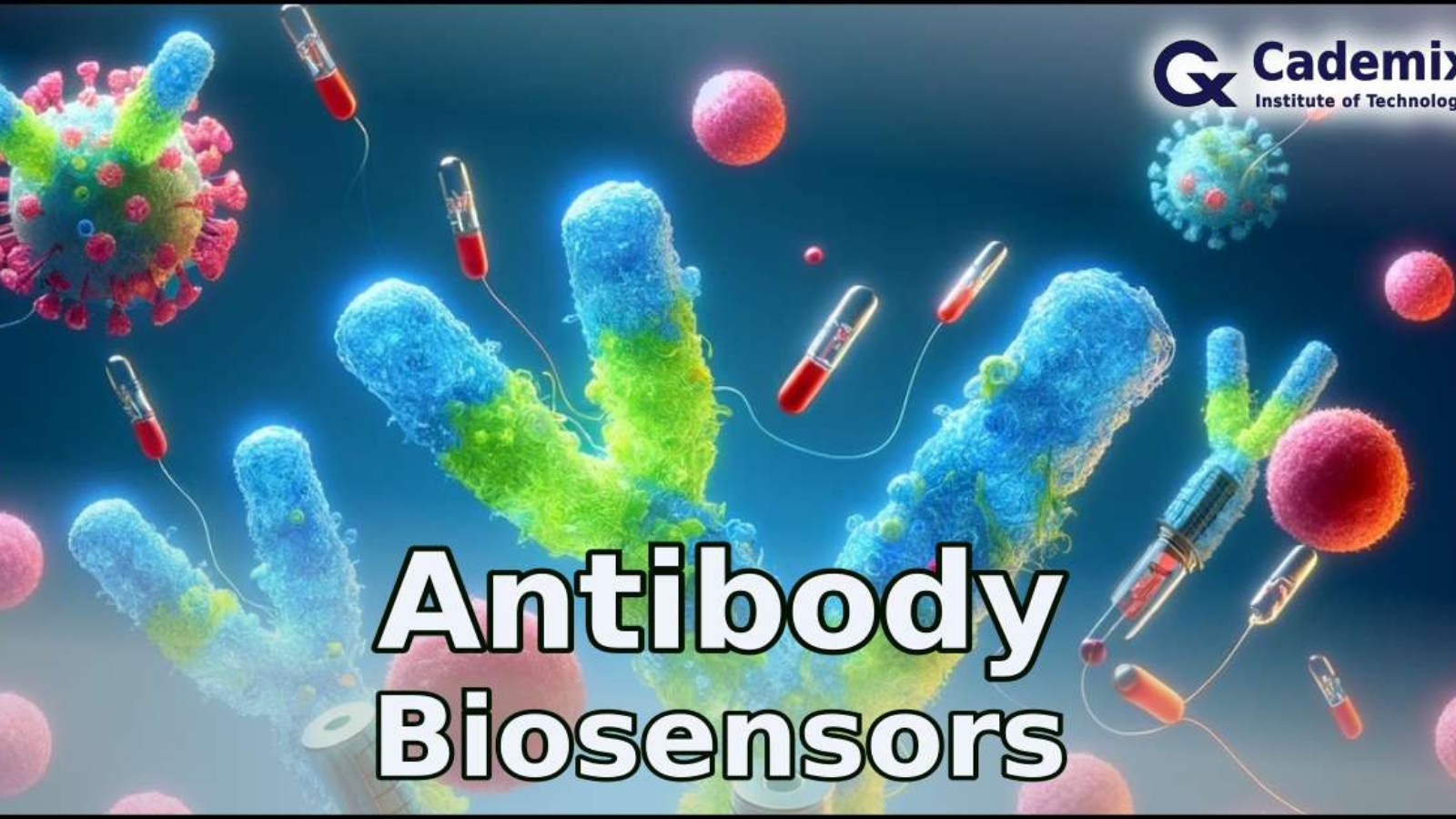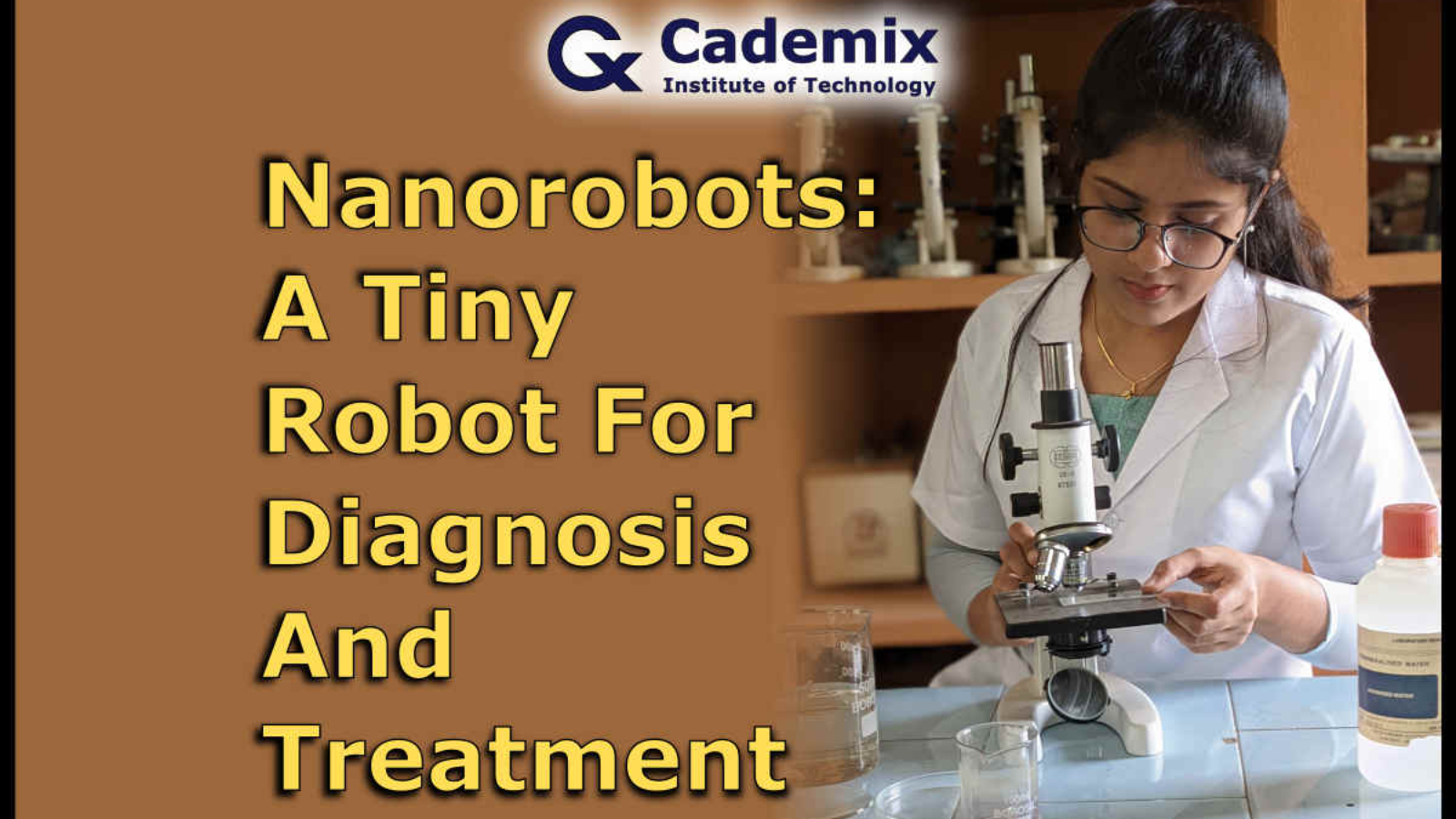Estimated Reading Time: 15 minutes This review explores the effect of scaffold technology and nanomaterials on antibody biosensors’ performance. These innovations increase the sensitivity of biosensors for rapidly identifying bacterial pathogens in healthcare and environmental safety. The article discusses the combination of new materials and designs in creating these biosensors, their challenges, and their potential. It compares traditional and advanced biosensors, highlights the use of nanotechnology, and looks at different detection methods, such as electrochemical and optical techniques, to recognize bacteria. Furthermore, this review emphasizes the importance of developing future antibody biosensors for diagnostics and treatment.
Nanorobots: A Tiny Robot For Diagnosis And Treatment
Estimated Reading Time: 12 minutes Nanorobotics is a branch of nanotechnology. It is all about creating molecular devices, called nanorobots. Nanorobots are devices built up entirely of nanoscale components. With today’s scientific capabilities, it is now feasible to create nanorobotic devices and connect them with the macro world for control. These devices have a variety of biomedical applications. They are useful in the targeted drug delivery. Furthermore, they may aid in the diagnosis and treatment of high-risk illnesses in the future. They are applicable in cancer treatment, biosensing, medical surgery, and so on. Moreover, they can mimic certain biological counter parts and act as artificial oxygen carriers, cell repairing device, blood clotting device, and so on. This article will help you to gain basic idea about nanorobots and their biomedical applications.


